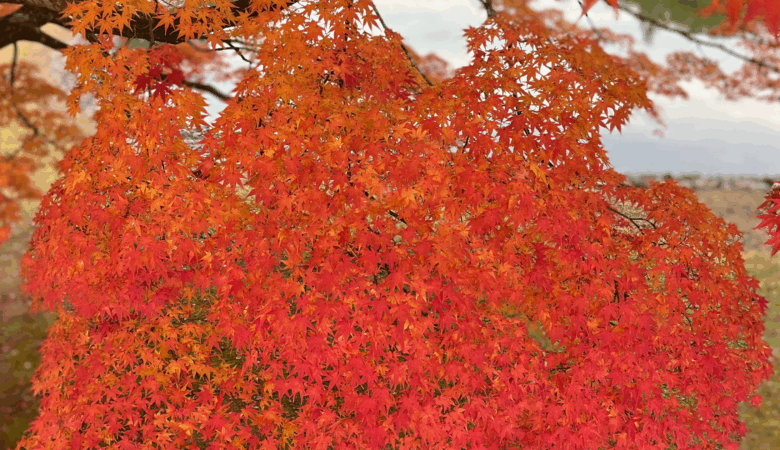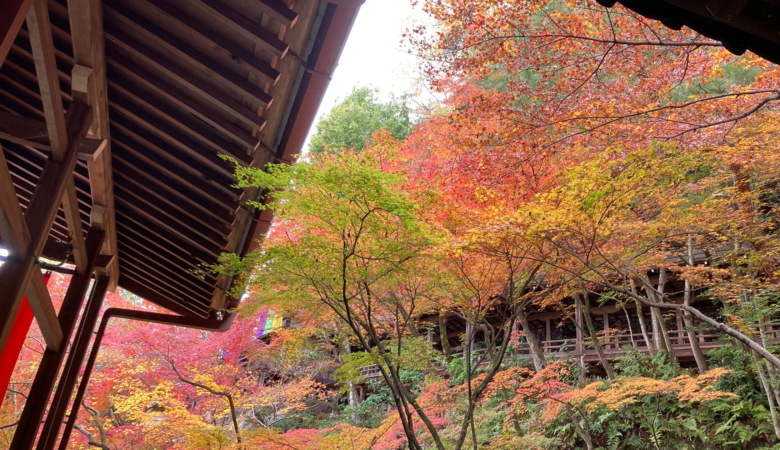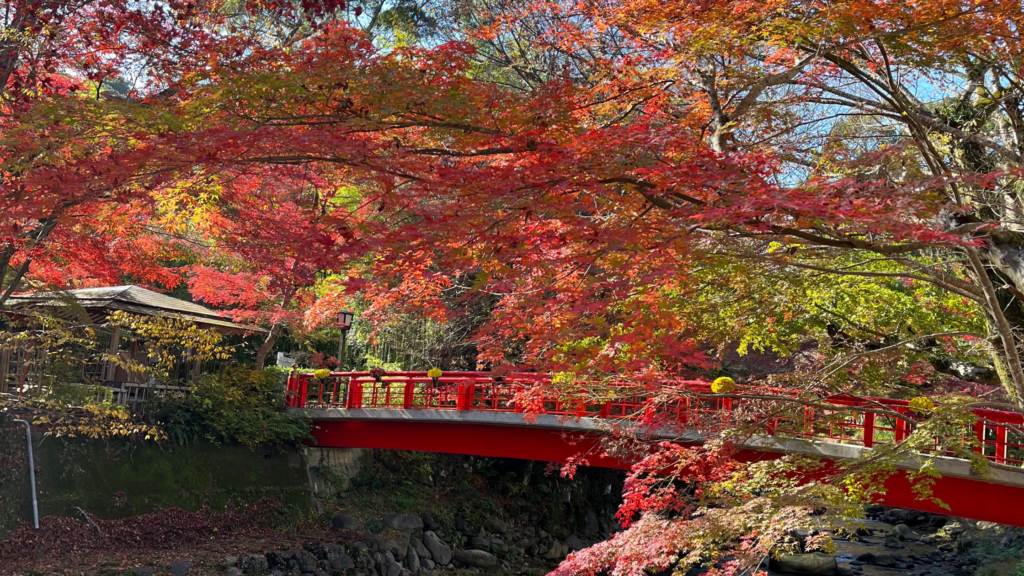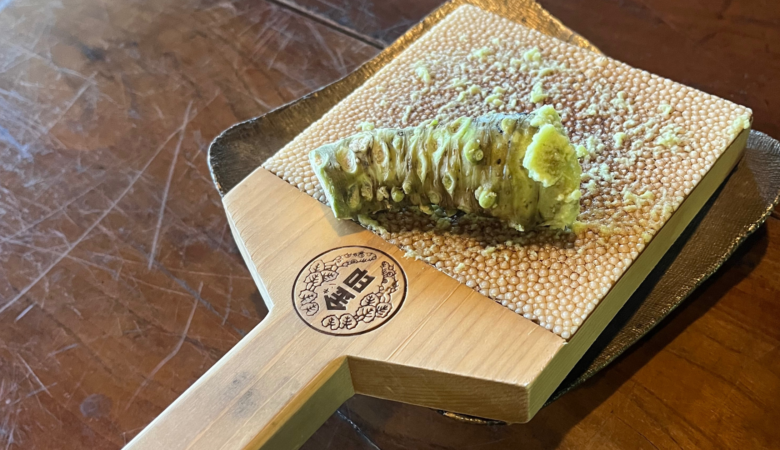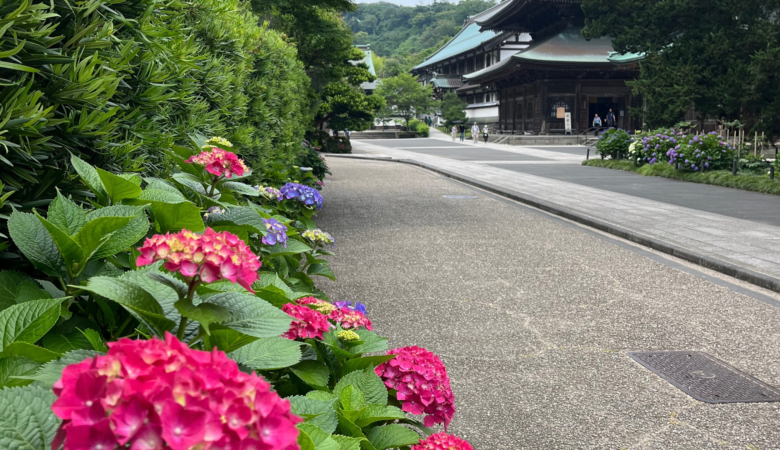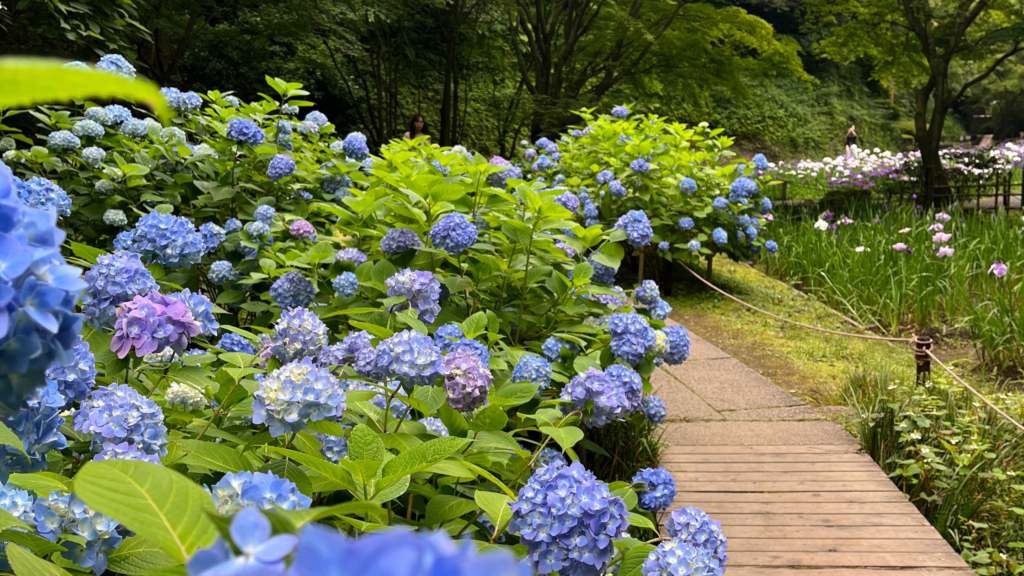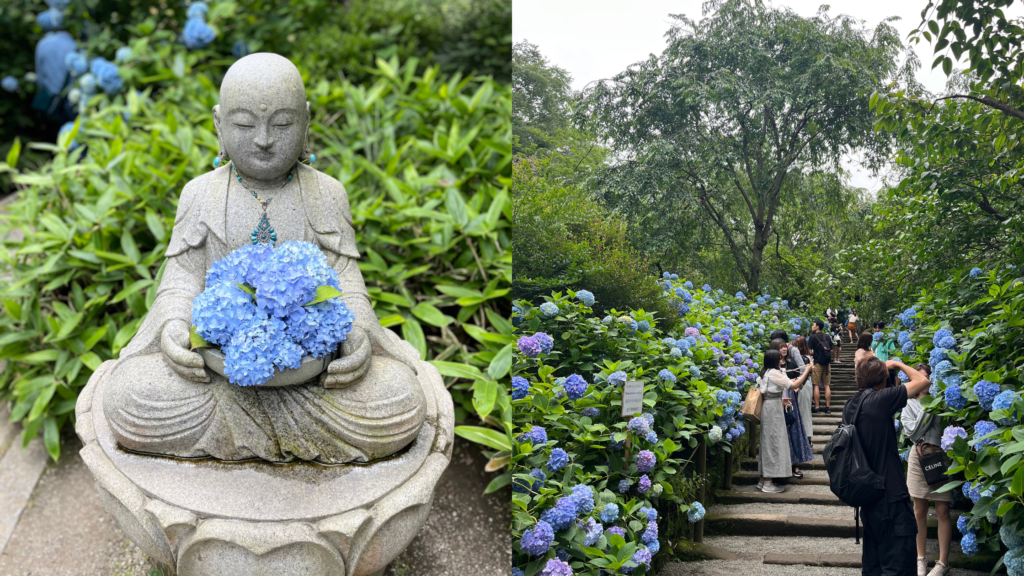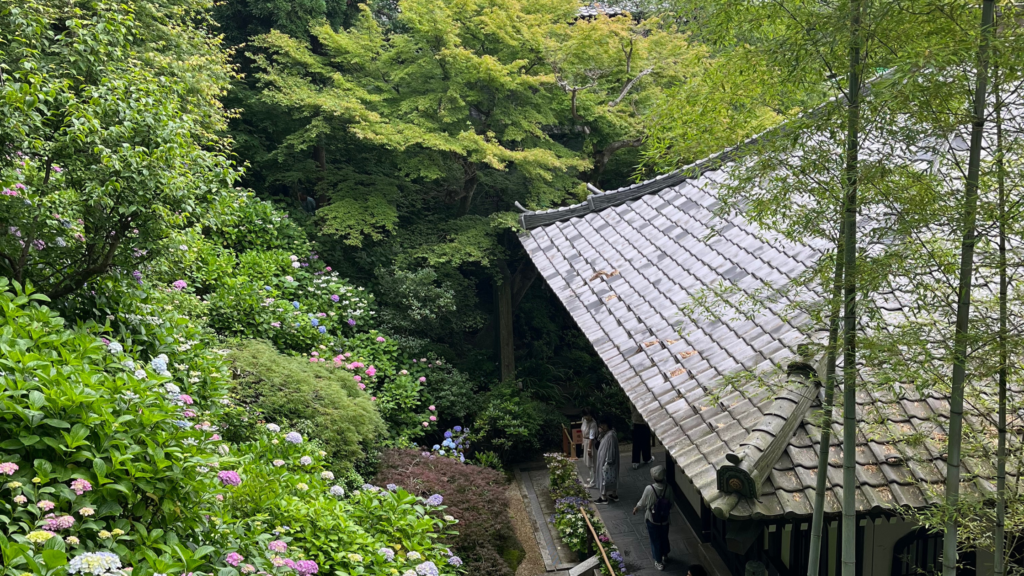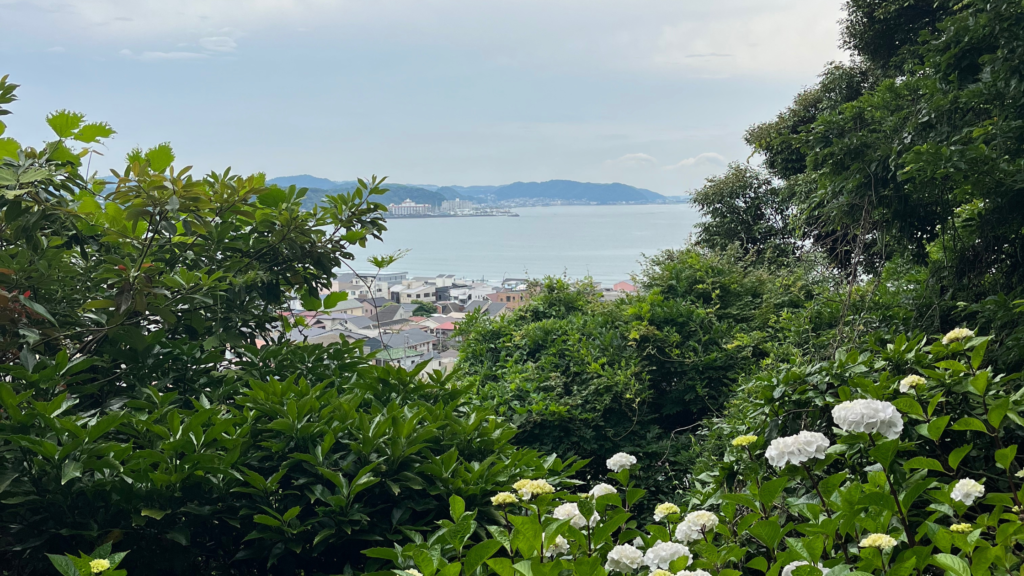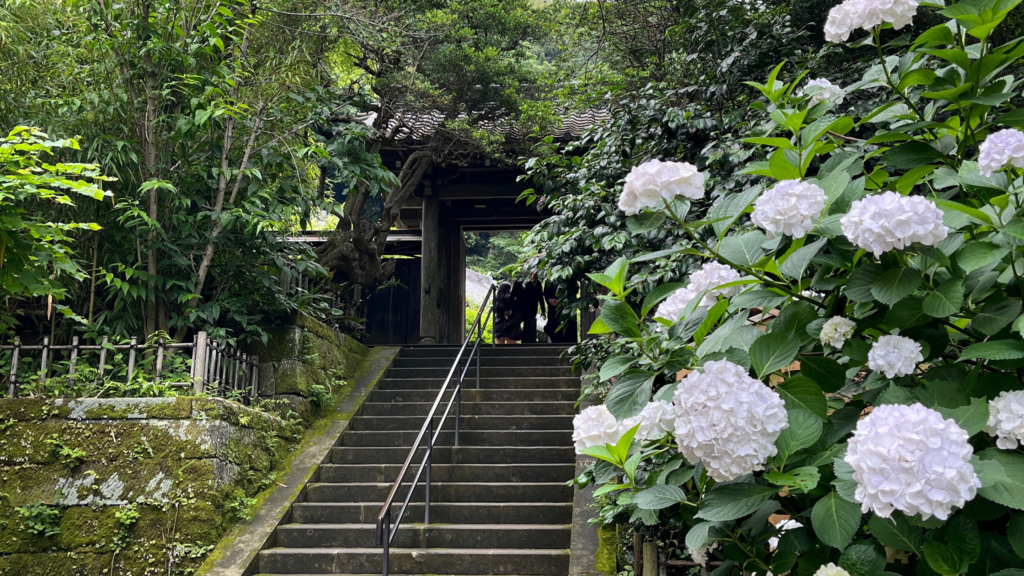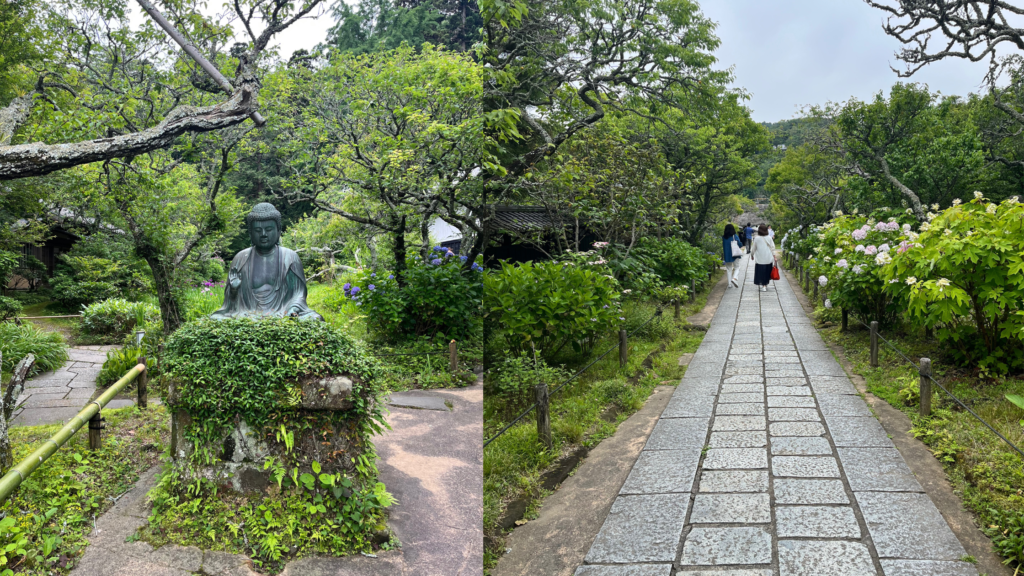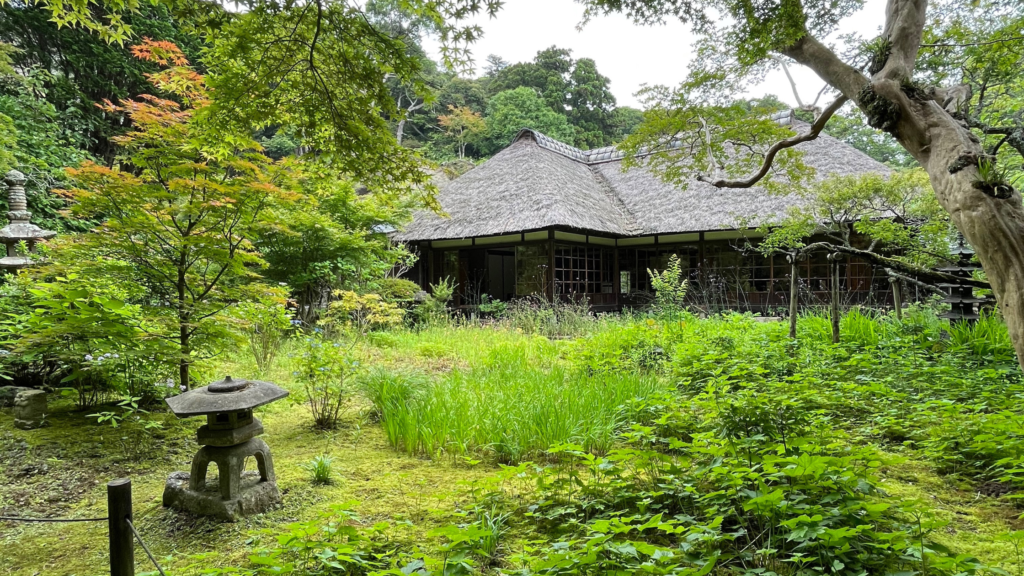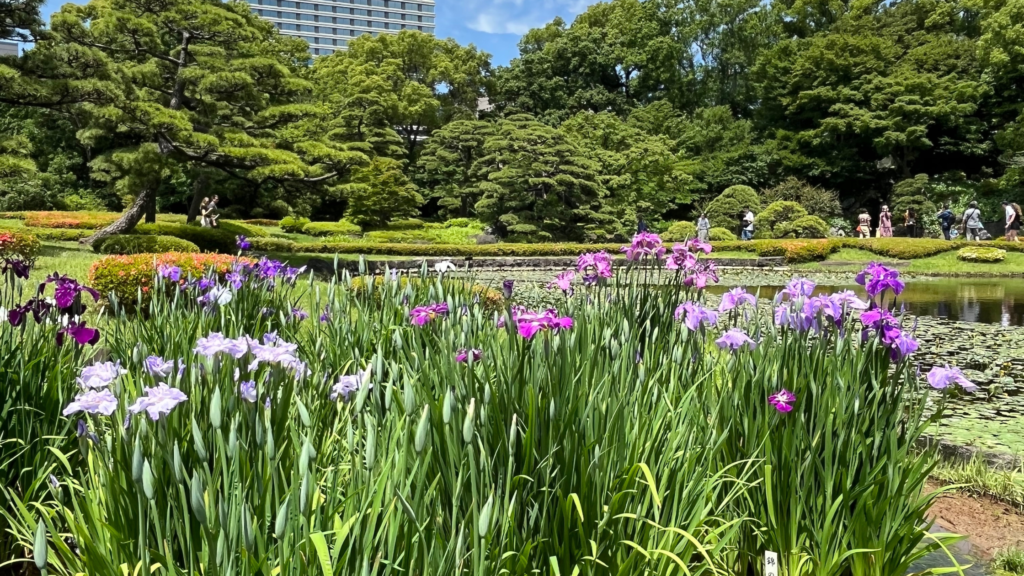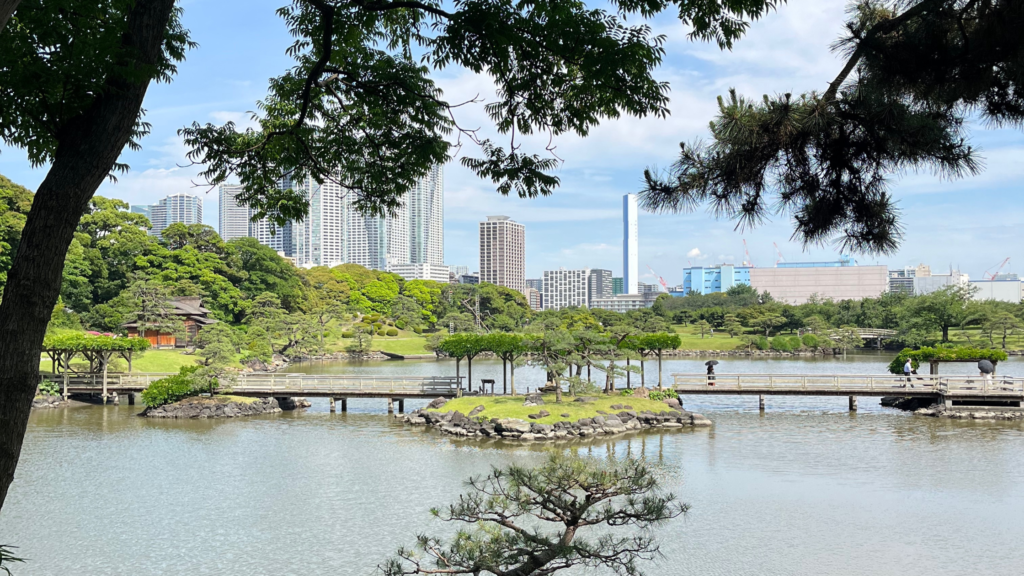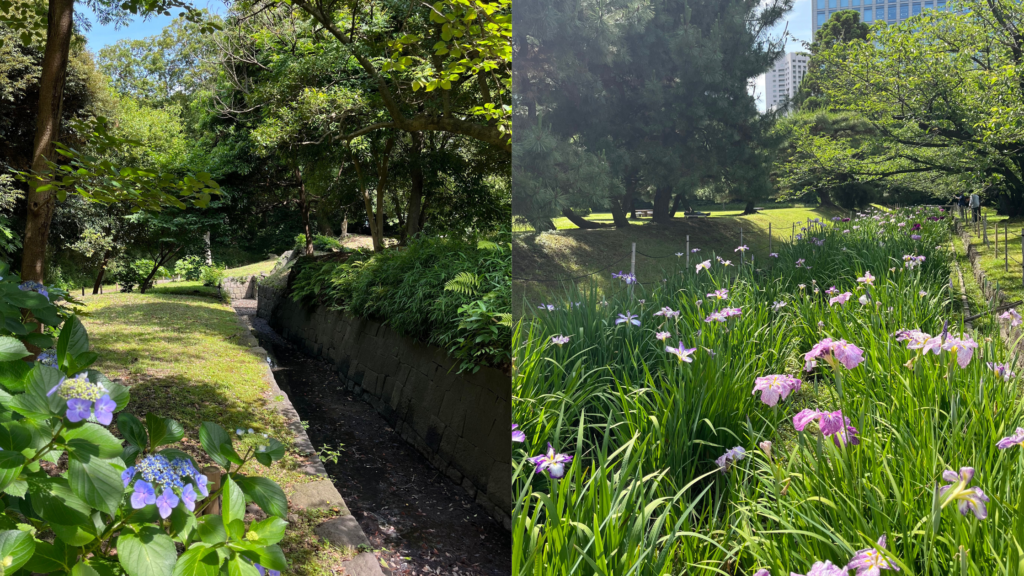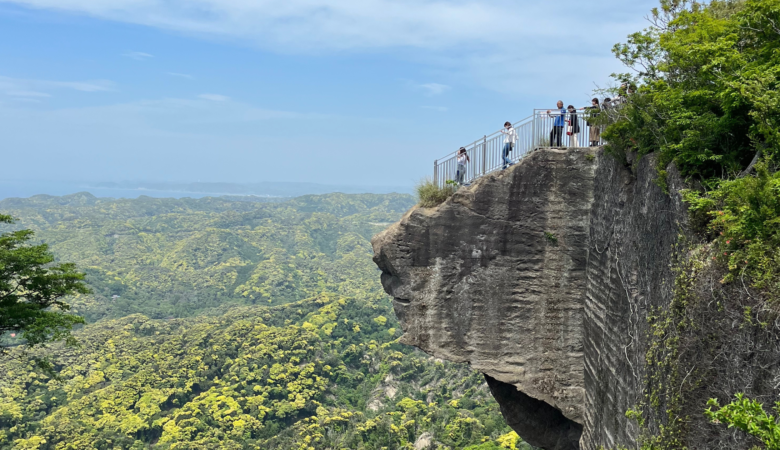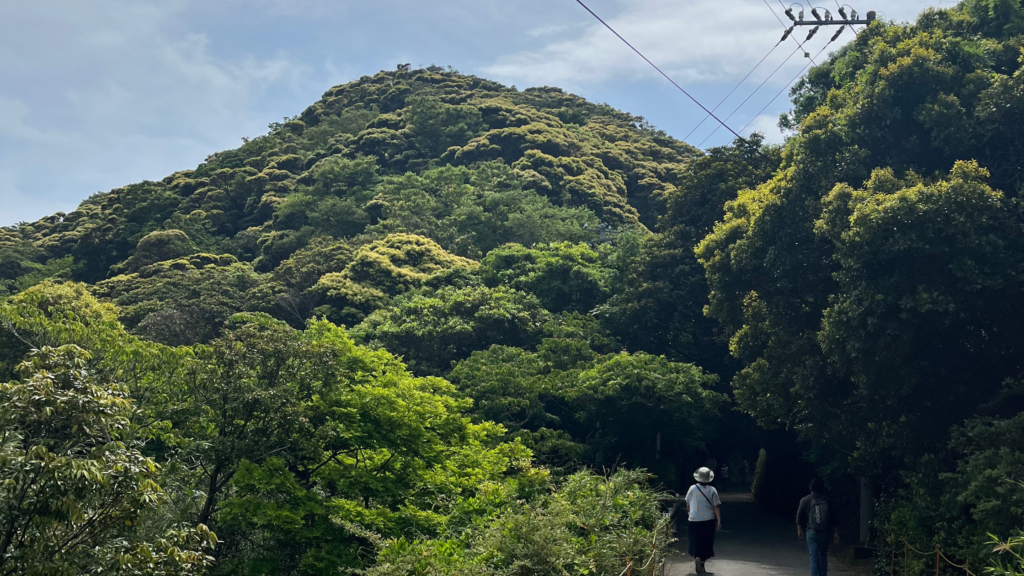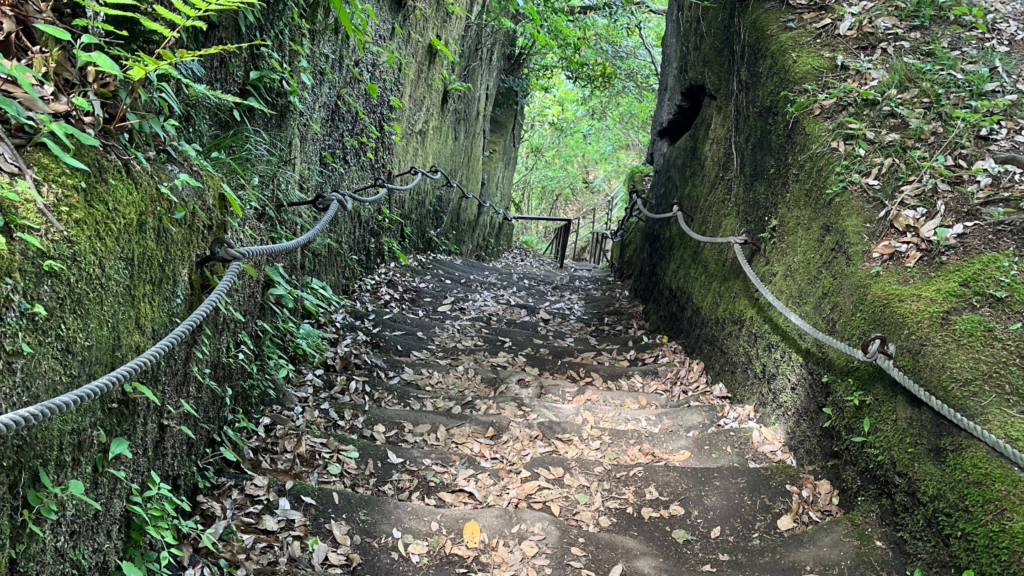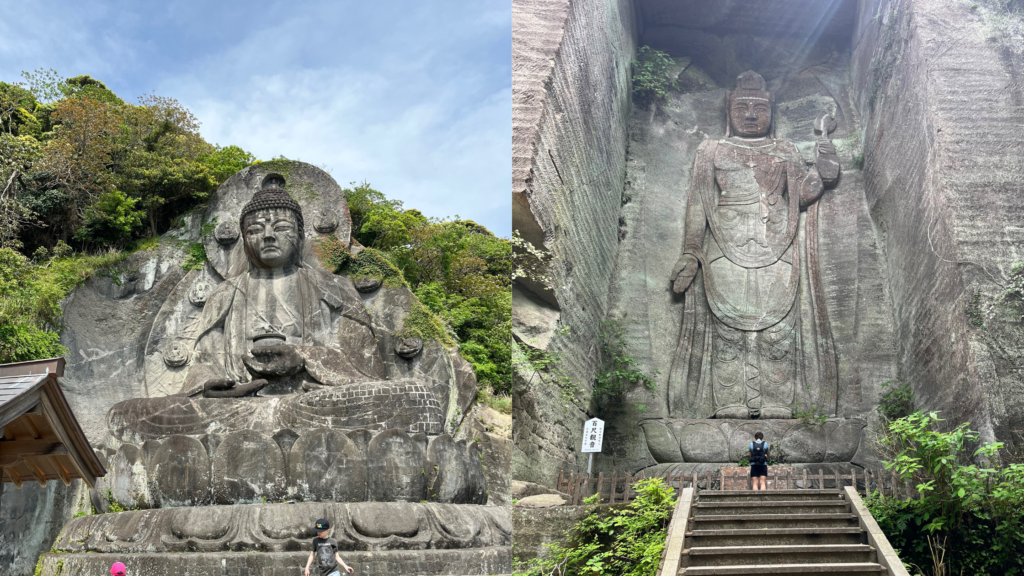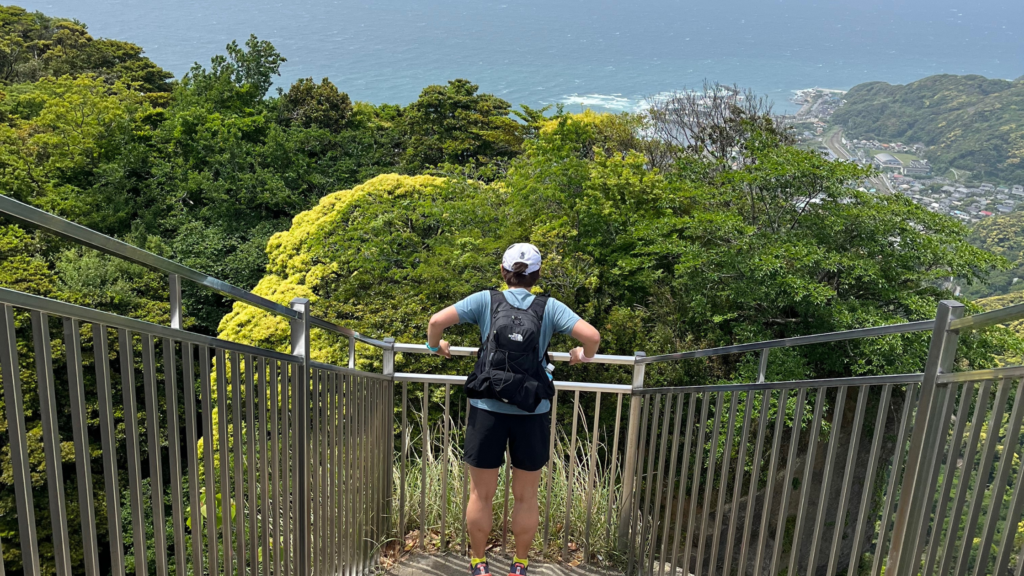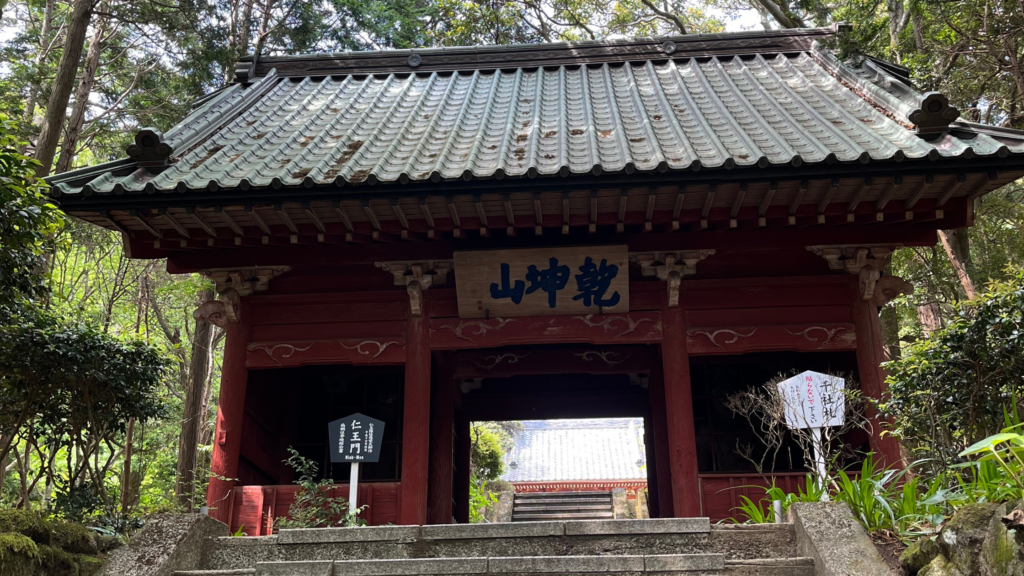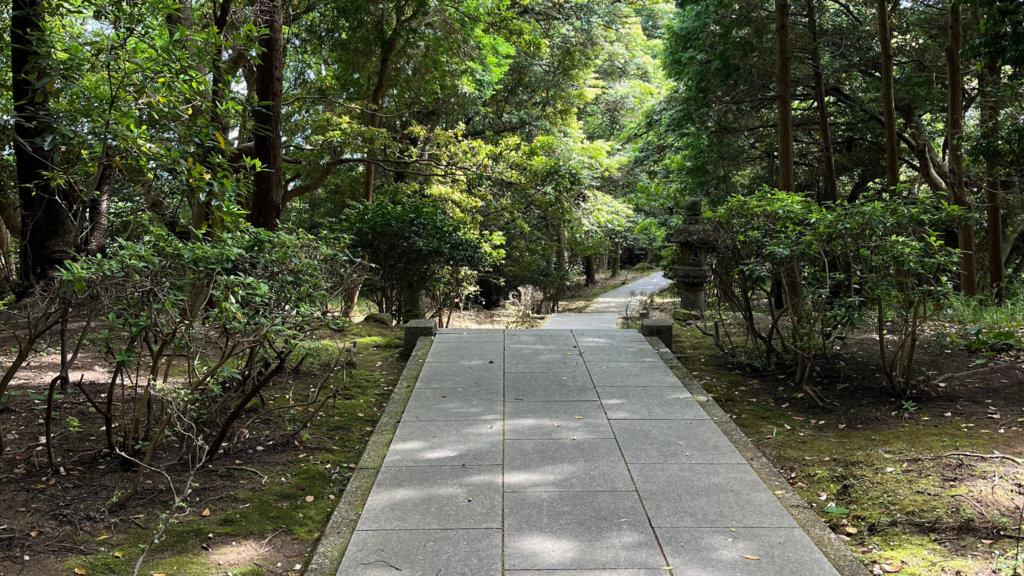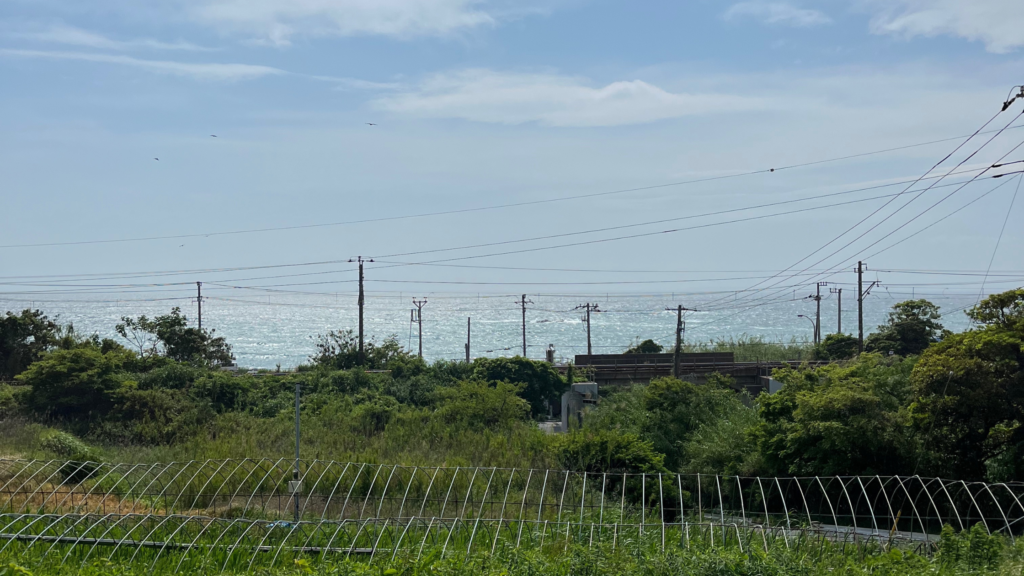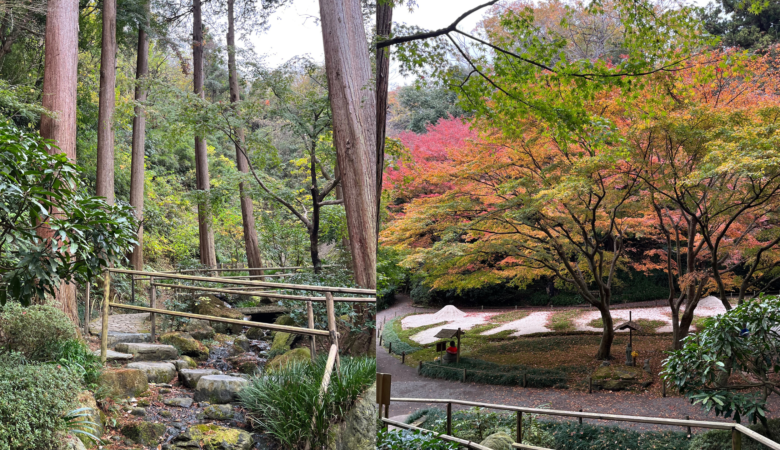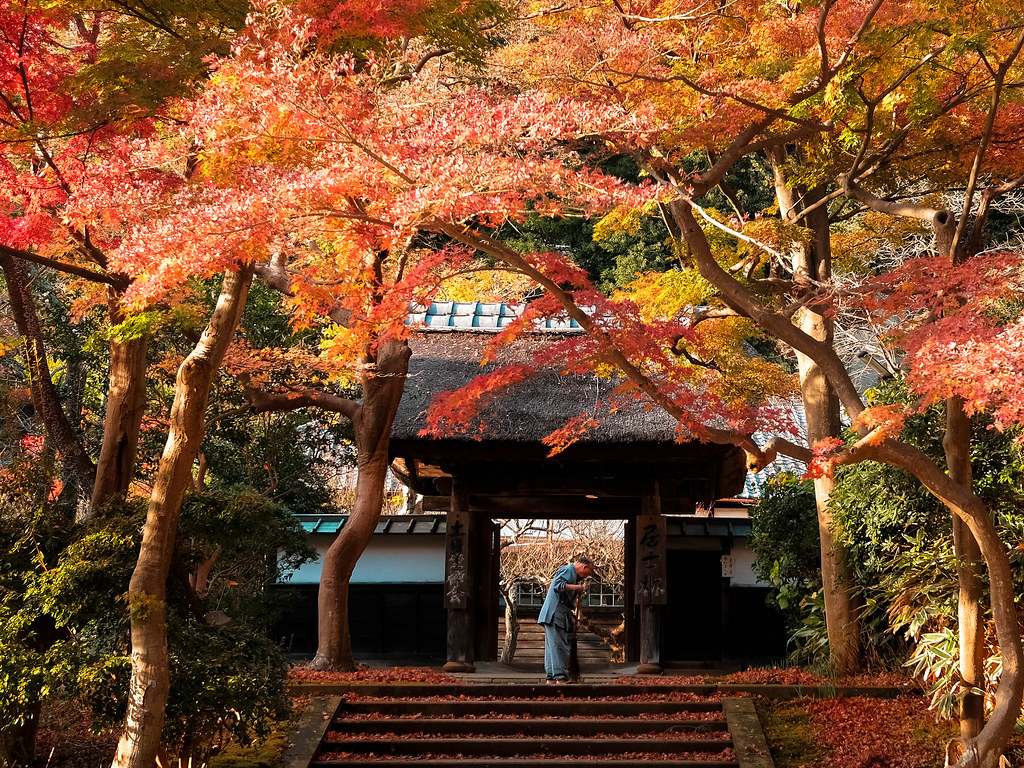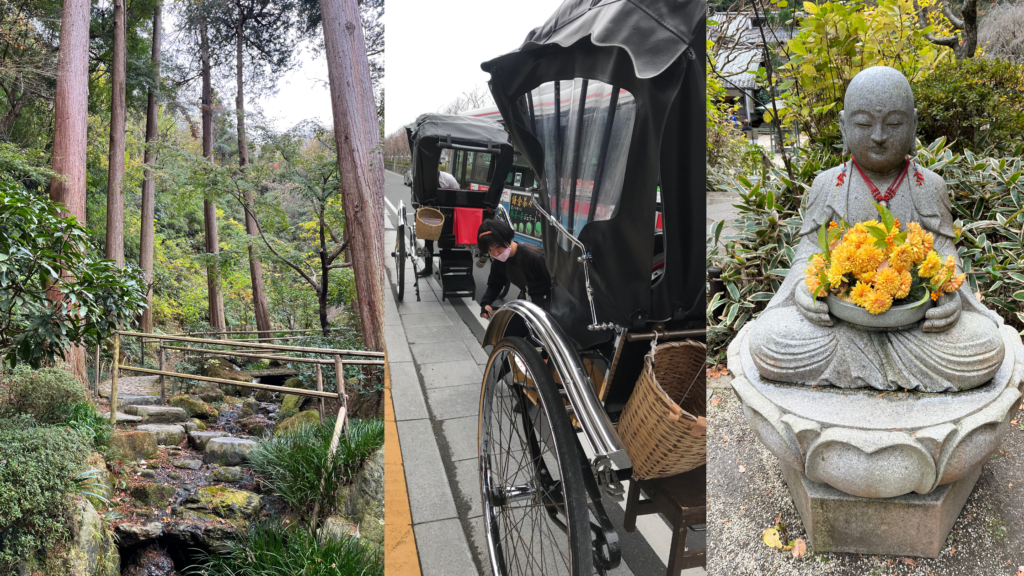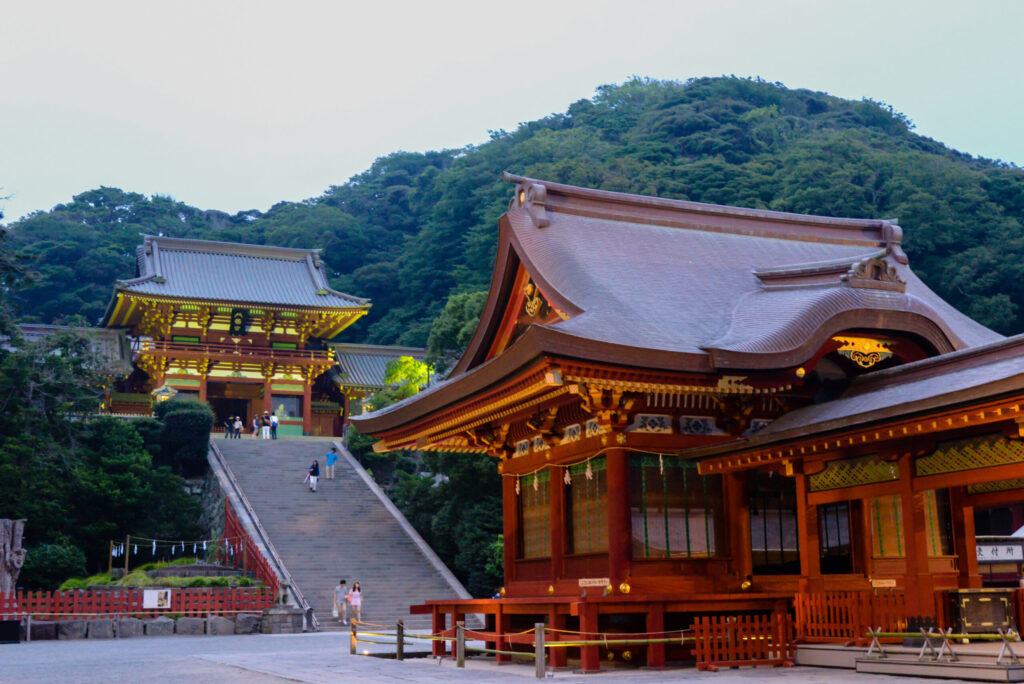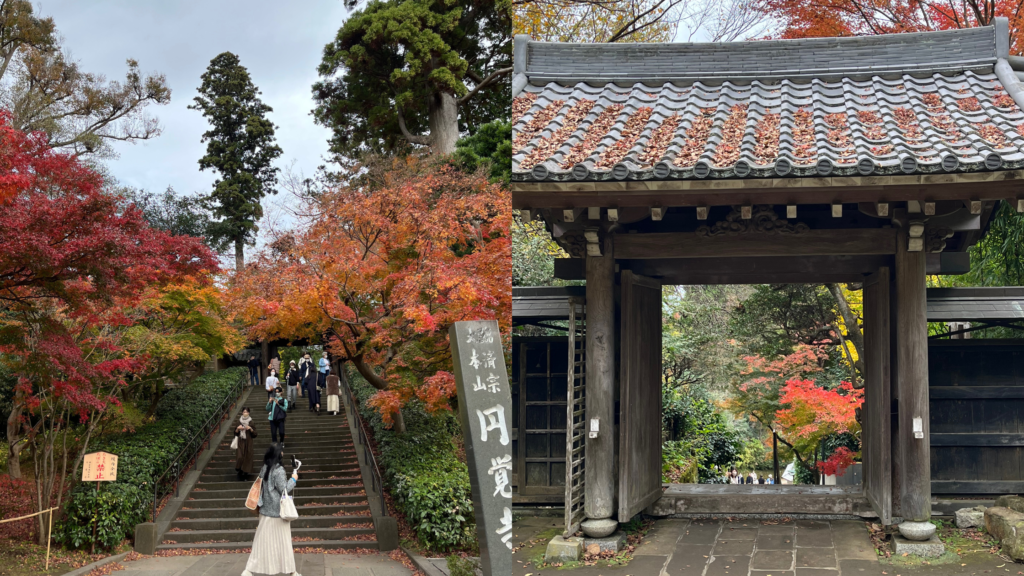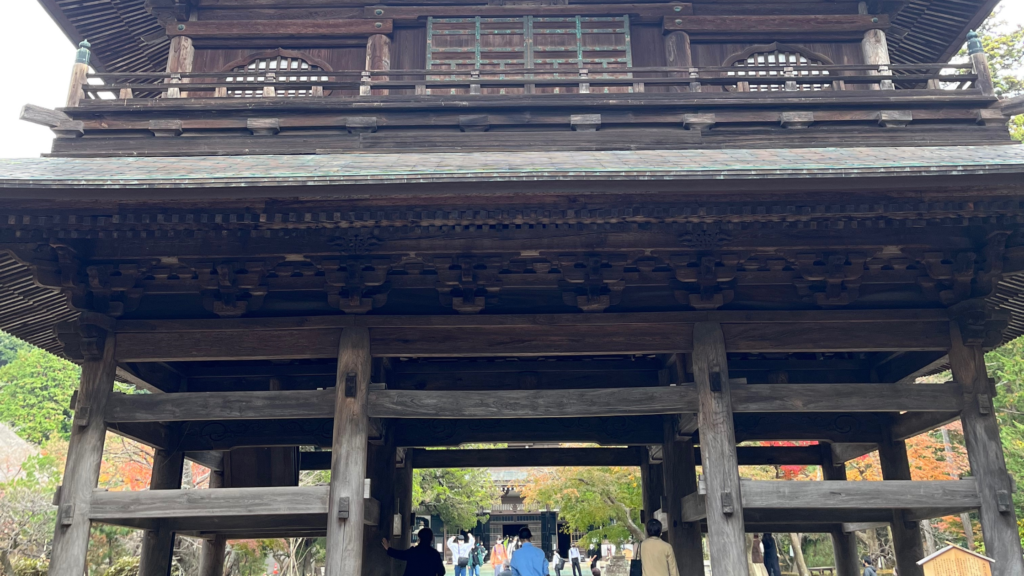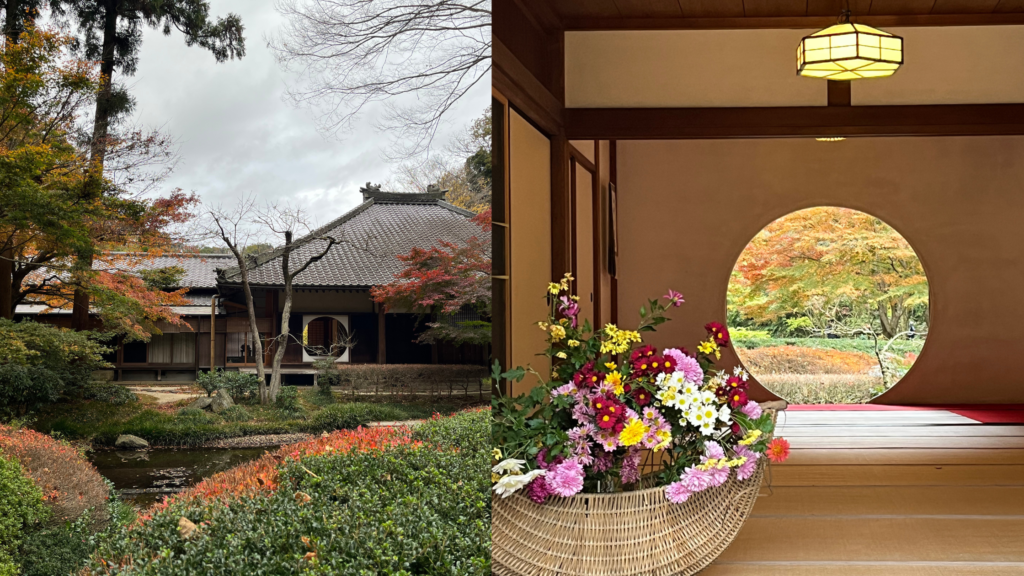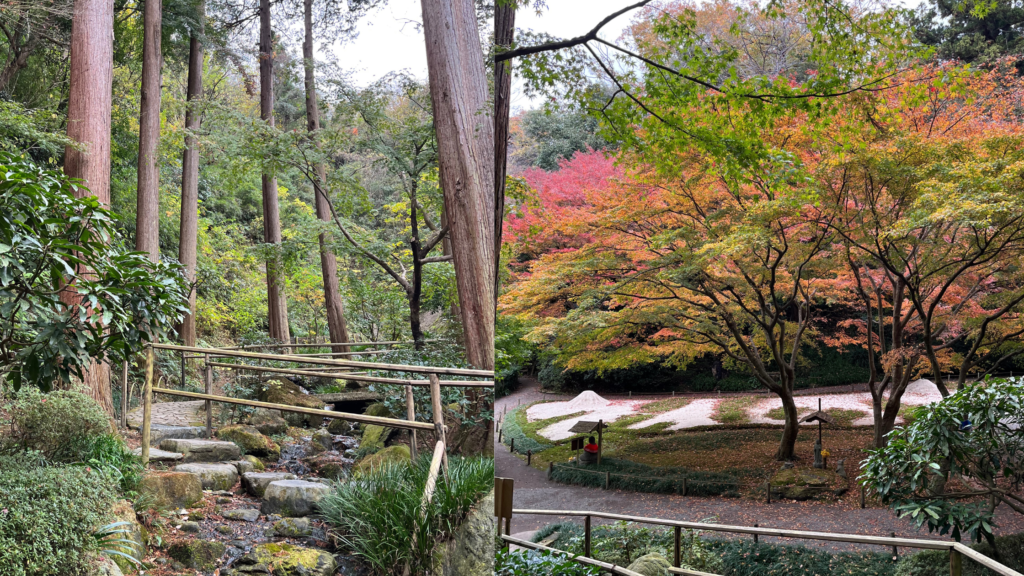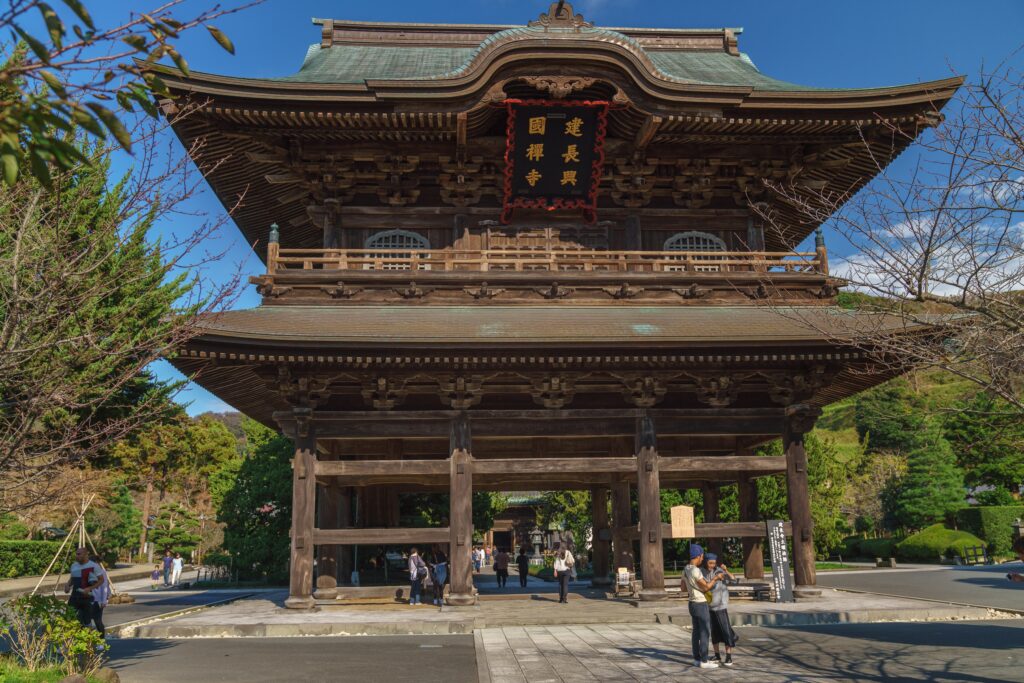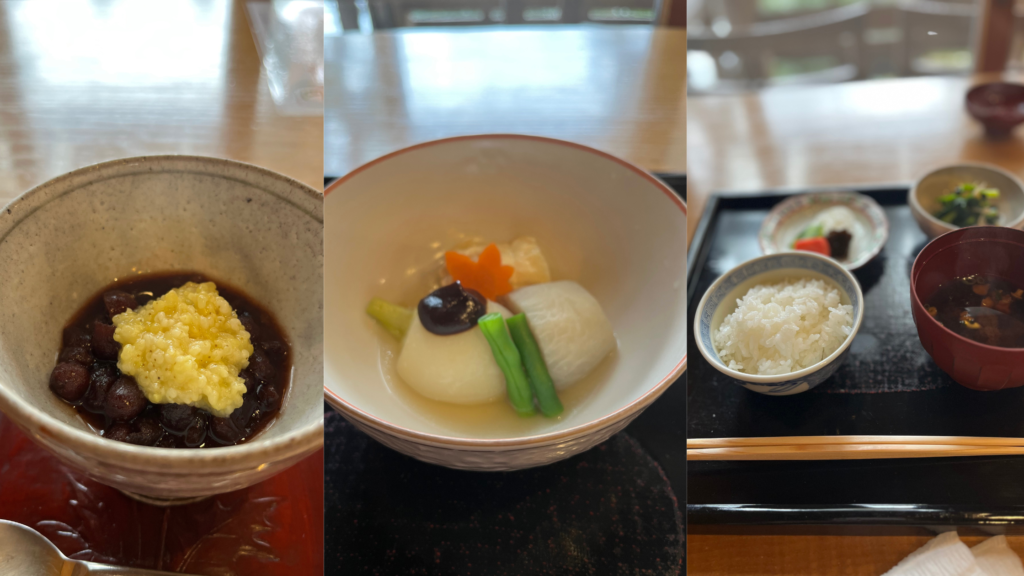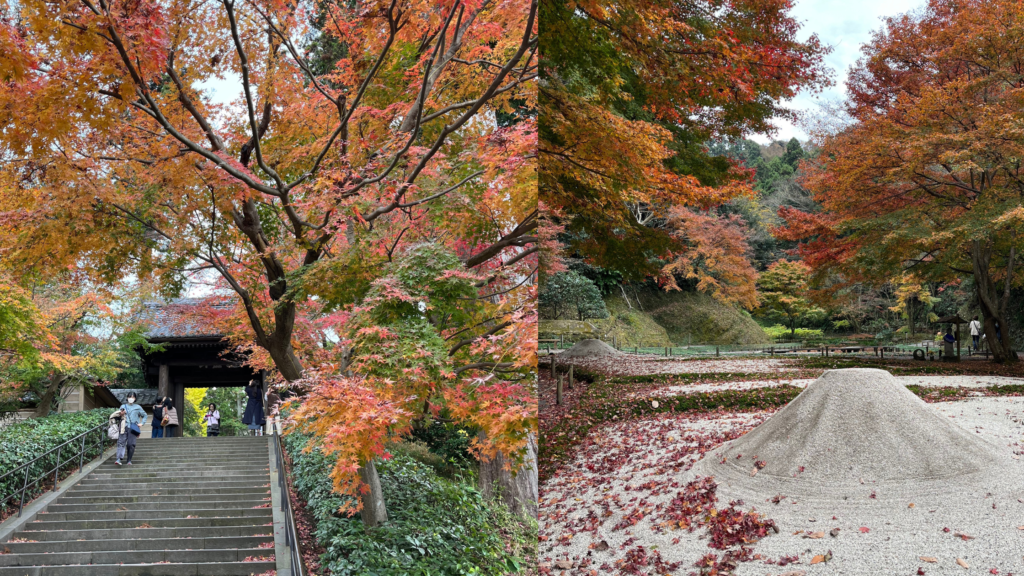This summer was one for the record books—scorching heat swept across the globe, and Japan was no exception. But as September arrives, we begin to feel the gentle whisper of autumn in the air. And with it comes one of Japan’s most breathtaking spectacles: the vibrant tapestry of fall foliage.
From early November to early December, the colors sweep from north to south, painting the landscape in fiery reds, golden yellows, and warm ambers. Whether you’re strolling through samurai towns or soaking in mountain hot springs, Japan’s autumn offers a feast for the senses. Let us take you on a journey through some of the most magical spots to experience this seasonal wonder.

Tohoku Region: History, Nature, and Healing Waters
Kakunodate & Nyuto Onsen (Akita Prefecture)
Step into a living museum of samurai heritage in Kakunodate, where 400-year-old streets are lined with traditional residences and framed by brilliant autumn leaves. The contrast of crimson maples against dark wooden mansions is simply unforgettable. Don’t miss the chance to savor Inaniwa udon—a silky, local delicacy best enjoyed in a cozy teahouse.
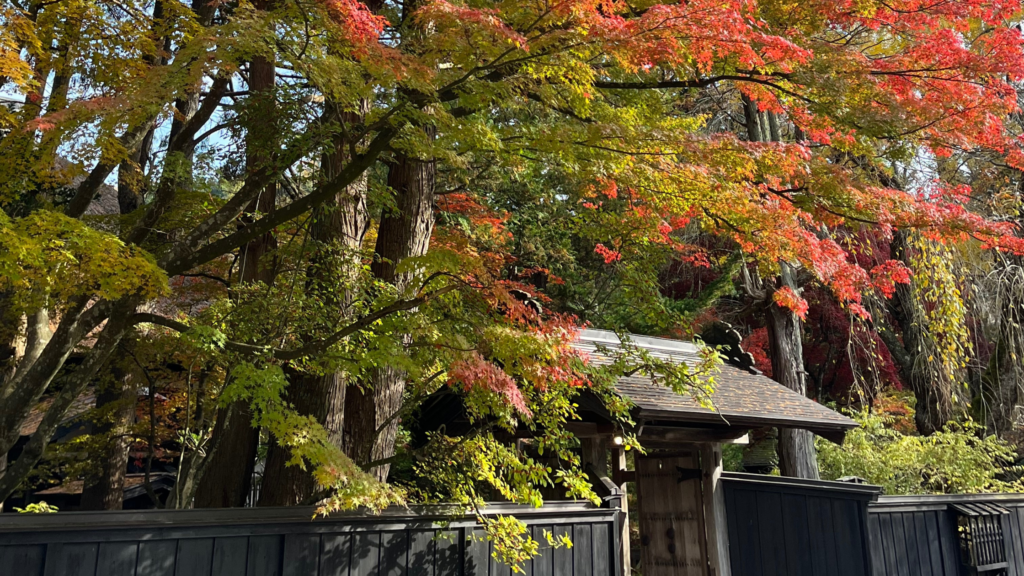


Nearby, nestled deep in the mountains, lies Nyuto Onsen, a dreamlike hot spring village beloved by bathers worldwide. With seven unique inns and seven mineral-rich baths, this hidden gem offers not just healing waters but a soul-soothing immersion in nature. Local countryside cuisine completes the experience with gentle flavors that warm both body and heart.



Morioka & Hiraizumi (Iwate Prefecture)
In Morioka, the nostalgic charm of castle ruins and morning mist creates a poetic start to your day. Wander streets filled with handmade crafts, or challenge yourself to the thrilling wanko soba noodle-eating tradition.


Then travel back over a thousand years in Hiraizumi, a UNESCO World Heritage site. The golden hall of Chūson-ji Temple and the serene gardens of Mōtsū-ji, designed to reflect Buddhist paradise, become even more ethereal when framed by autumn leaves.



Tokyo: Hidden Autumn in the Heart of the Metropolis
Yoyogi Park : Just steps from Harajuku and Shibuya, this sprawling park offers a peaceful escape with vibrant maples and golden ginkgo trees. A perfect spot for a leisurely autumn stroll.
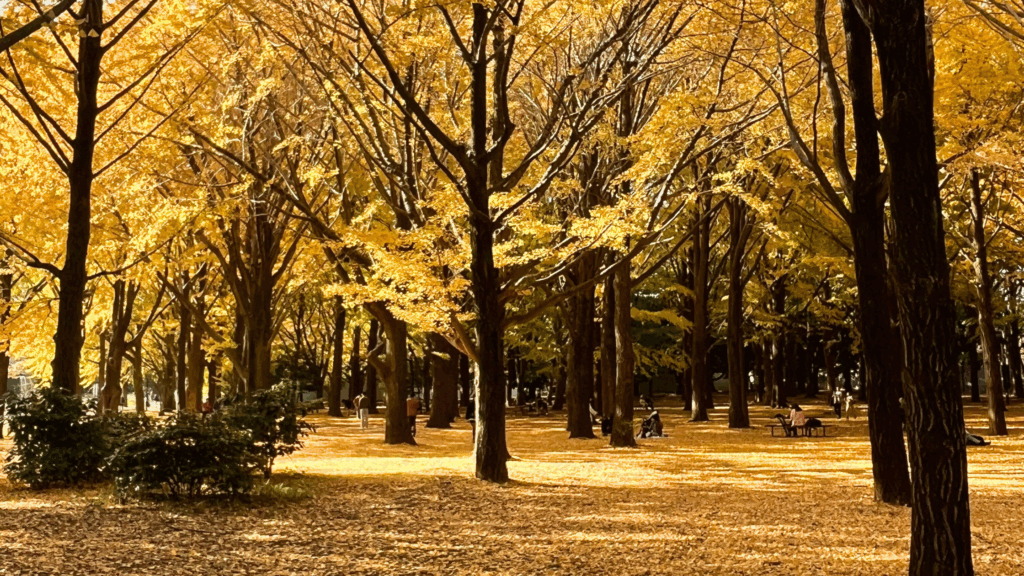
Asakura House in Daikanyama : A century-old residence with a traditional strolling garden, where you can admire the same fiery foliage views once enjoyed by its former residents. Daikanyama’s refined atmosphere makes it ideal for a quiet walk after your visit.

Gotokuji Temple (Setagaya) : Famous for its lucky cat figurines and a legend of feline heroism, Gotokuji is a local treasure. The contrast of its three-tiered pagoda and vivid maple trees is picture-perfect. Nearby, explore charming shopping streets and historic ruins that reflect everyday Tokyo life.

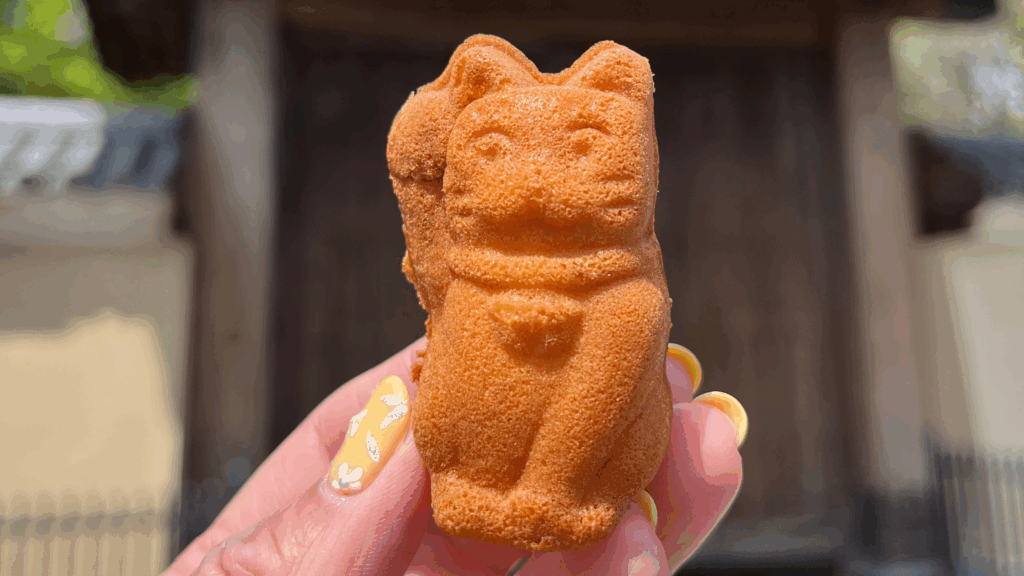
Mt. Takao : Recognized by the Michelin Green Guide, Mount Takao offers a refreshing hike just outside the city. As you ascend, the forest bursts into color, and the city’s hustle fades into tranquil silence.
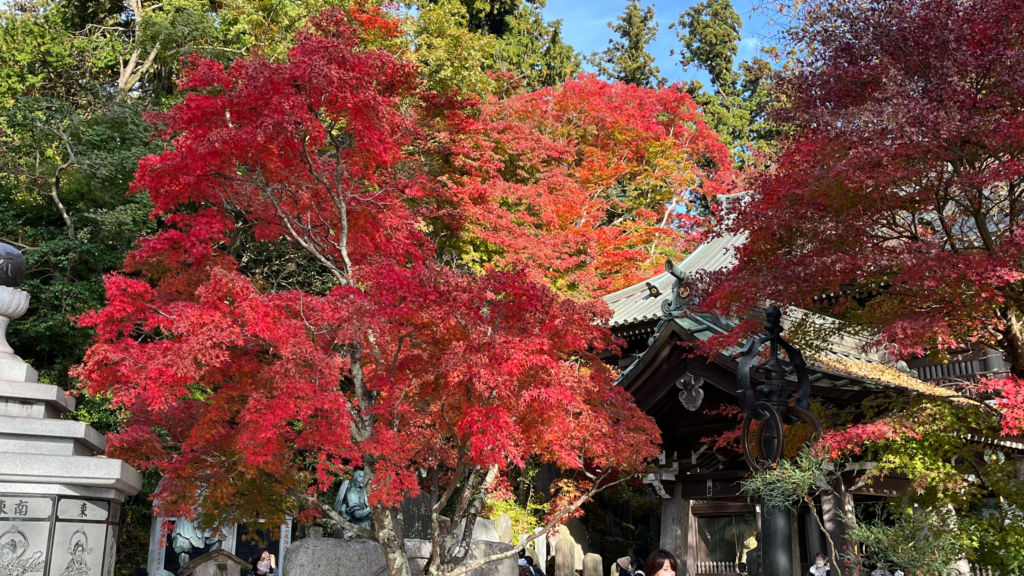
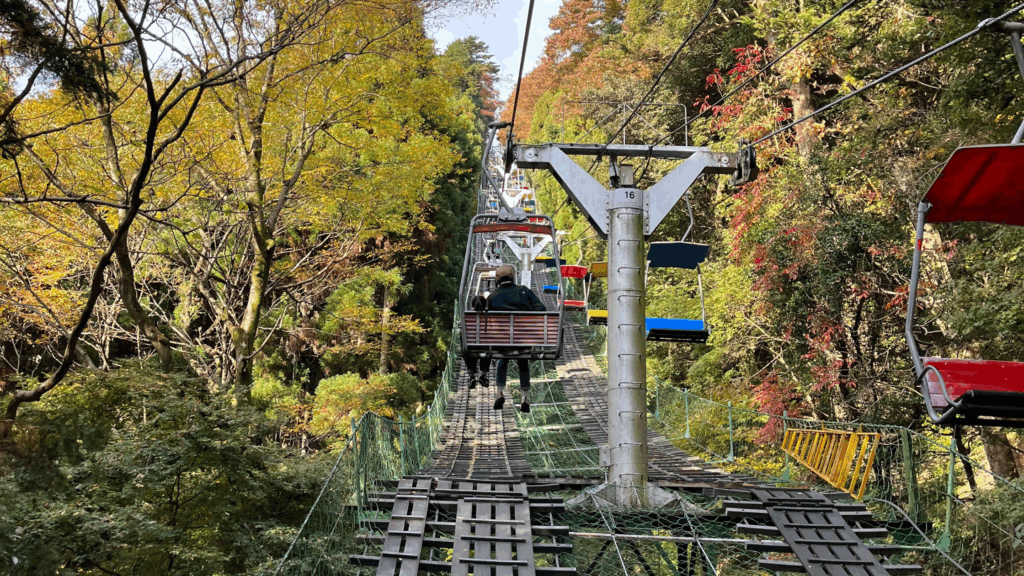
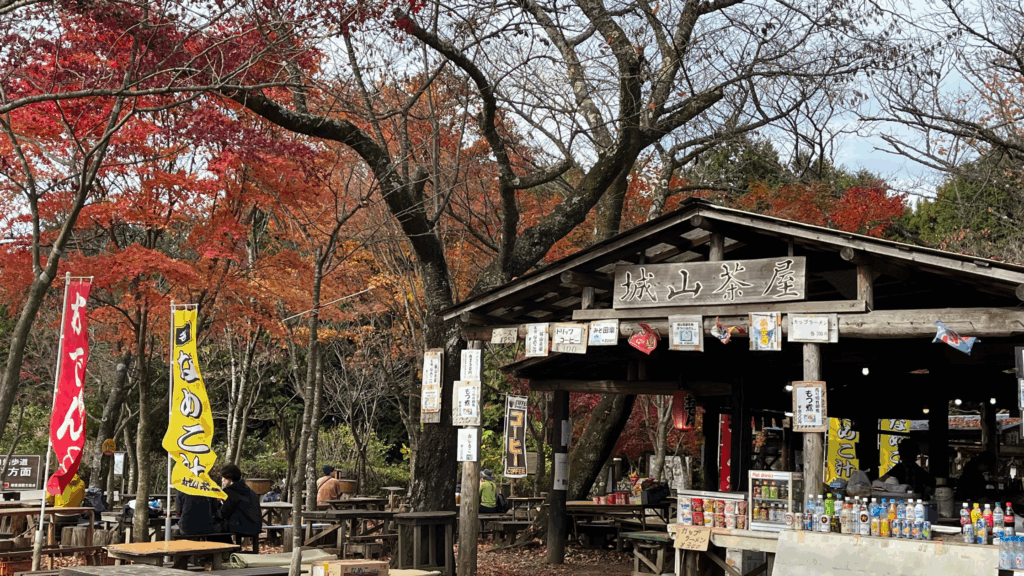
Beyond Tokyo: Autumn Escapes Just a Train Ride Away
Kamakura : Once a samurai stronghold, Kamakura is now a serene town filled with historic temples and seasonal beauty. From famous spots to quiet corners known only to locals, it’s a walker’s paradise.



Hakone : A beloved retreat for Tokyoites, Hakone combines hot springs, autumn leaves, and stunning views of Mt. Fuji. It’s a classic destination for relaxation and awe.


Shuzenji (Izu Peninsula) : This peaceful hot spring town offers a poetic riverside scene, where crimson leaves flutter over quiet waters. A place to breathe deeply and simply be.



Enzan (Yamanashi Prefecture) : Known for its wineries and dried persimmons, Enzan reveals a unique autumn sight: rows of orange fruit hanging like curtains from farmhouse eaves. A rustic, unforgettable view.



Fujiyoshida : Fujiyoshida, the gateway to Mount Fuji, turns into a stunning autumn canvas—where fiery leaves frame Japan’s most iconic peak.
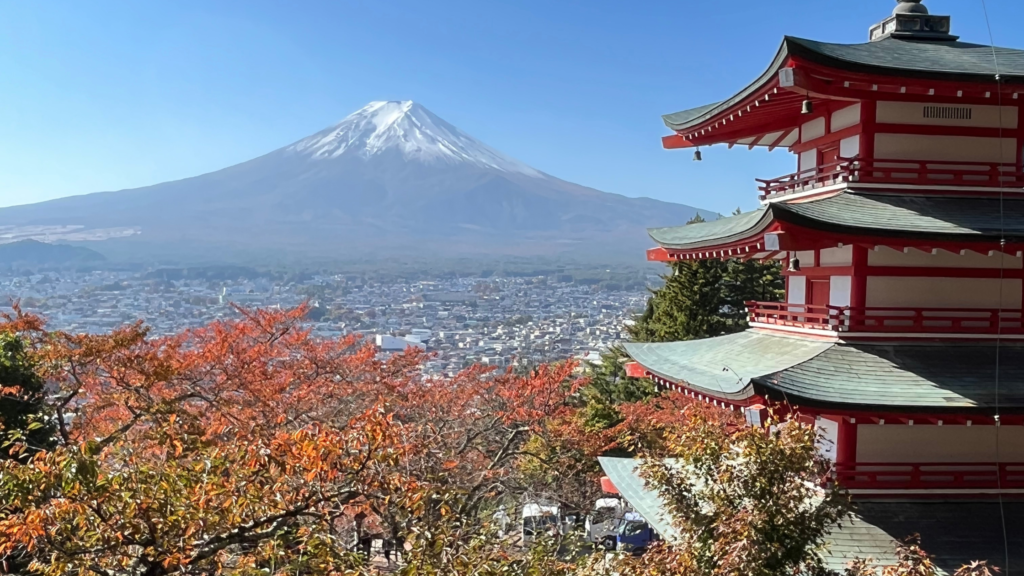
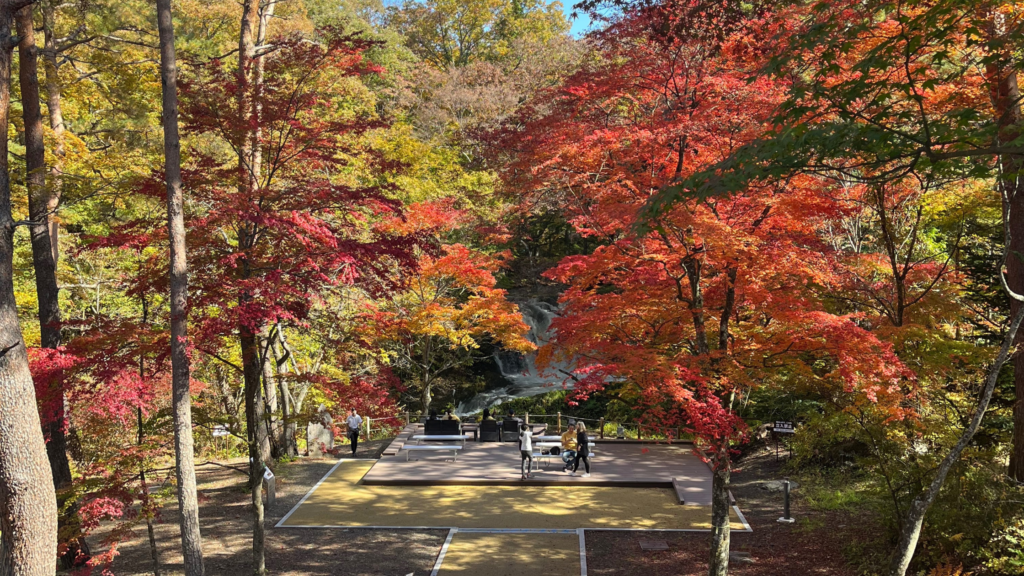
Hitachinaka (Ibaraki Prefecture) : Home to a vast seaside park where kochia bushes turn a brilliant red in fall. Nearby, a torii gate rising from the ocean and fresh seafood from local ports complete the coastal experience.

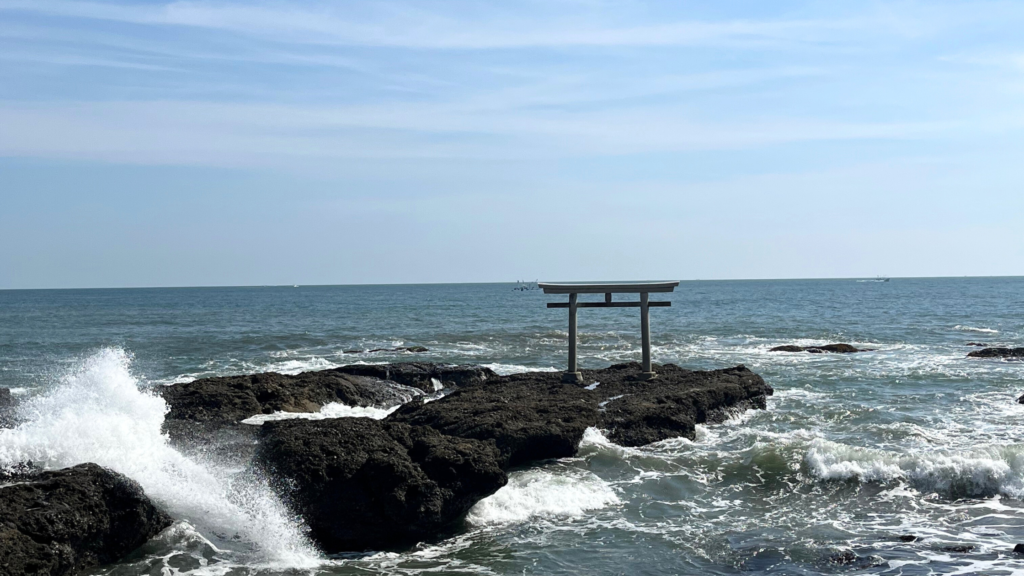
Why Japan’s Autumn Is Unmissable
Japan’s fall foliage isn’t just about color—it’s about contrast. Ancient temples glowing under fiery trees, quiet towns wrapped in golden light, and seasonal flavors that taste like nostalgia. Whether you seek serenity, history, or culinary delight, Japan’s autumn welcomes you with open arms.
So why not make this the season you fall in love with Japan?
Mahalo Nuiloa Local Guide will coordinate a private tour according to your request. Would you like to make a trip that suits you? Please contact us from here.

